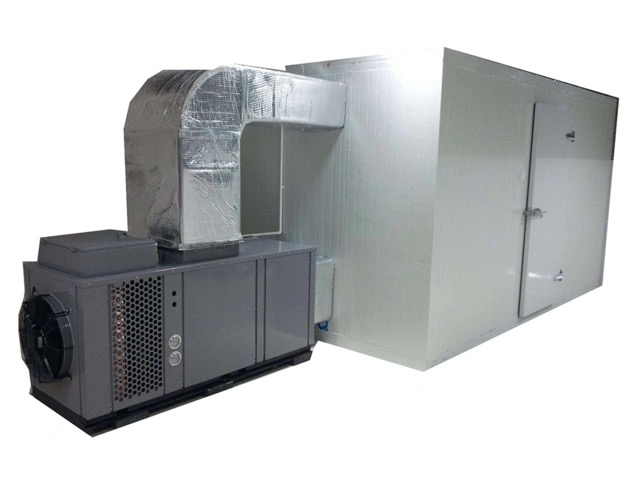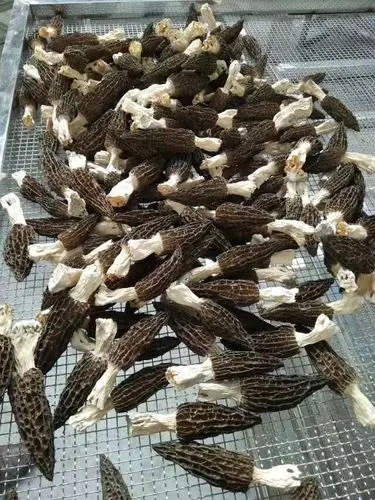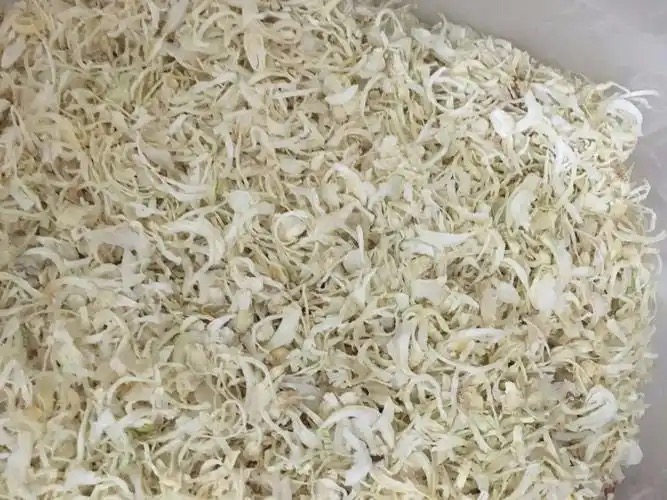
Content Menu
● Introduction
● Understanding Food Drying
>> The Role of Dryers in Food Processing
● Vented Dryers
>> How Vented Dryers Work
>> Advantages of Vented Dryers
>> Disadvantages of Vented Dryers
● Heat Pump Dryers
>> How Heat Pump Dryers Work
>> Advantages of Heat Pump Dryers
>> Disadvantages of Heat Pump Dryers
● Comparing Drying Times
● Practical Examples
● Optimizing Drying Processes
● Conclusion
● Frequently Asked Questions
>> 1. What is the main difference between vented and heat pump dryers?
>> 2. Which dryer is more energy-efficient?
>> 3. Can I use a heat pump dryer for all types of food?
>> 4. How do I determine the best dryer for my food processing needs?
>> 5. What maintenance is required for food dryers?
Introduction
In the world of food processing, drying is a crucial step that significantly impacts the quality, shelf life, and flavor of food products. As a leading manufacturer of food drying machines in China, we specialize in providing OEM services to international brands, wholesalers, and manufacturers. This article will explore the differences in drying times between vented and heat pump dryers, focusing on their applications in food drying. We will delve into the technology behind each type of dryer, their efficiency, and how they can be optimized for various food products.

Understanding Food Drying
Food drying is a method of preserving food by removing moisture, which inhibits the growth of bacteria, yeasts, and molds. The drying process can enhance flavors and make food lighter and easier to store. There are various methods of drying food, including air drying, sun drying, and using specialized drying machines. Among these, mechanical dryers, such as vented and heat pump dryers, are widely used in commercial food processing.
The Role of Dryers in Food Processing
Dryers play a vital role in food processing by ensuring that products are dried uniformly and efficiently. The choice of dryer can affect not only the drying time but also the quality of the final product. Understanding the differences between vented and heat pump dryers is essential for manufacturers looking to optimize their drying processes.
Vented Dryers
How Vented Dryers Work
Vented dryers operate by drawing in air from the environment, heating it, and then circulating it through the food product. The hot air absorbs moisture from the food, and the humid air is expelled outside through a vent. This process continues until the desired moisture content is achieved.
Advantages of Vented Dryers
1. Faster Drying Times: Vented dryers typically have shorter drying times compared to heat pump dryers. The high temperatures used in vented dryers can quickly evaporate moisture, making them suitable for products that require rapid drying.
2. Lower Initial Cost: Vented dryers are generally less expensive to purchase and install than heat pump dryers, making them an attractive option for small to medium-sized food processing operations.
3. Simplicity of Design: The design of vented dryers is straightforward, which can lead to easier maintenance and repairs.

Disadvantages of Vented Dryers
1. Higher Energy Consumption: Vented dryers tend to consume more energy due to the need to continuously heat new air. This can lead to higher operational costs over time.
2. Environmental Impact: The expulsion of hot, humid air can contribute to environmental concerns, especially in areas where energy efficiency is a priority.
3. Limited Control Over Drying Conditions: Vented dryers may struggle to maintain consistent drying conditions, which can affect the quality of the final product.
Heat Pump Dryers
How Heat Pump Dryers Work
Heat pump dryers utilize a different technology. They work by recycling the air within the drying chamber. The air is heated and circulated through the food product, absorbing moisture. Instead of venting the humid air outside, heat pump dryers condense the moisture and collect it in a reservoir. This process allows for a more controlled drying environment.
Advantages of Heat Pump Dryers
1. Energy Efficiency: Heat pump dryers are known for their energy efficiency. They use significantly less energy than vented dryers, making them a cost-effective option for long-term operations.
2. Consistent Drying Conditions: The ability to recycle air allows heat pump dryers to maintain consistent temperature and humidity levels, resulting in higher quality dried products.
3. Lower Environmental Impact: By minimizing energy consumption and reducing the expulsion of humid air, heat pump dryers are more environmentally friendly.
Disadvantages of Heat Pump Dryers
1. Longer Drying Times: One of the main drawbacks of heat pump dryers is their longer drying times compared to vented dryers. The lower temperatures used in heat pump technology can slow down the drying process.
2. Higher Initial Cost: The initial investment for heat pump dryers is typically higher than that of vented dryers, which may deter some manufacturers.
3. Complexity of Design: The technology behind heat pump dryers can be more complex, potentially leading to higher maintenance costs.
Comparing Drying Times
When comparing drying times between vented and heat pump dryers, several factors come into play:
1. Temperature Settings: Vented dryers operate at higher temperatures, which can lead to faster moisture removal. In contrast, heat pump dryers use lower temperatures, resulting in longer drying times.
2. Humidity Levels: The ability of heat pump dryers to control humidity levels can lead to more efficient drying over time, even if the initial drying time is longer.
3. Type of Food Product: Different food products have varying moisture content and drying requirements. For example, fruits may dry faster in a vented dryer, while delicate herbs may benefit from the gentler drying process of a heat pump dryer.
Practical Examples
1. Fruits and Vegetables: Vented dryers may be preferred for drying fruits and vegetables quickly, especially in large batches. However, heat pump dryers can preserve the color and nutrients better due to their controlled drying environment.
2. Herbs and Spices: Heat pump dryers are often recommended for drying herbs and spices, as the lower temperatures help retain essential oils and flavors.
3. Meat and Fish: For products like jerky or dried fish, vented dryers can provide the rapid drying needed to prevent spoilage, while heat pump dryers may be used for more delicate drying processes.
Optimizing Drying Processes
To achieve the best results in food drying, manufacturers should consider the following:
1. Choosing the Right Dryer: Assess the specific needs of the food products being dried. For high-volume operations requiring speed, vented dryers may be more suitable. For quality-focused processes, heat pump dryers may be the better choice.
2. Monitoring Conditions: Implementing monitoring systems to track temperature and humidity can help optimize the drying process, regardless of the dryer type.
3. Regular Maintenance: Keeping dryers well-maintained ensures efficient operation and prolongs the lifespan of the equipment.
4. Experimentation: Conducting trials with different drying times and temperatures can help determine the optimal settings for various food products.
Conclusion
In conclusion, the choice between vented and heat pump dryers significantly impacts drying times and the quality of dried food products. Vented dryers offer faster drying times and lower initial costs, making them suitable for high-volume operations. On the other hand, heat pump dryers provide energy efficiency and consistent drying conditions, which can enhance the quality of the final product.
As a leading manufacturer of food drying machines, we understand the importance of selecting the right equipment for your specific needs. By considering the advantages and disadvantages of each dryer type, food processors can make informed decisions that align with their operational goals.

Frequently Asked Questions
1. What is the main difference between vented and heat pump dryers?
Vented dryers expel humid air outside, while heat pump dryers recycle air and condense moisture, leading to different drying times and energy efficiencies.
2. Which dryer is more energy-efficient?
Heat pump dryers are generally more energy-efficient than vented dryers, using less energy over time.
3. Can I use a heat pump dryer for all types of food?
While heat pump dryers are suitable for many food types, they may not be ideal for products that require rapid drying, such as certain fruits and vegetables.
4. How do I determine the best dryer for my food processing needs?
Consider factors such as the type of food, desired drying time, energy costs, and the quality of the final product when choosing a dryer.
5. What maintenance is required for food dryers?
Regular cleaning, checking for blockages, and ensuring proper functioning of components are essential for maintaining both vented and heat pump dryers.












